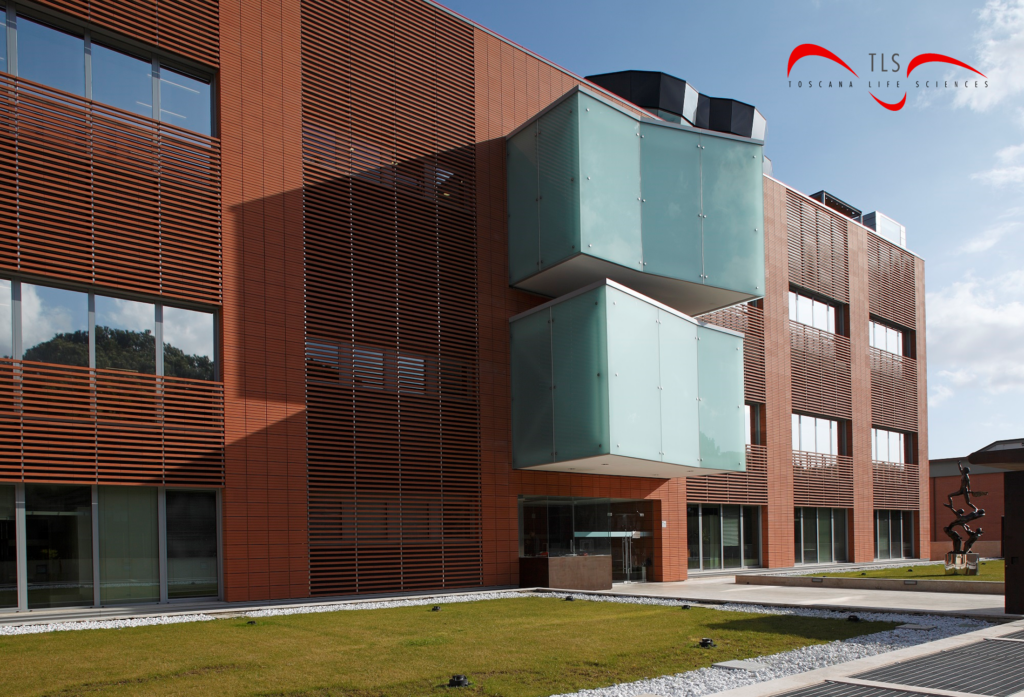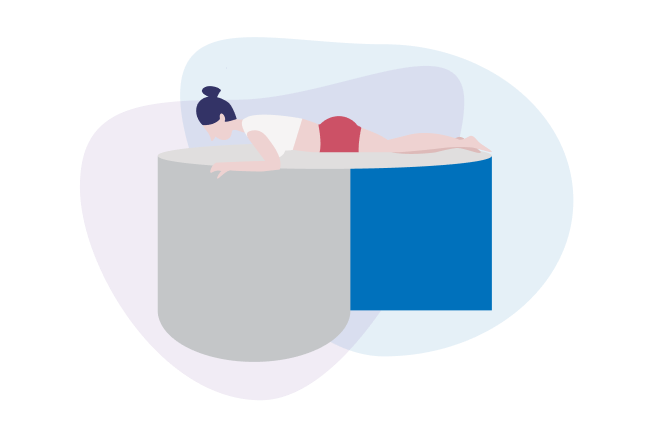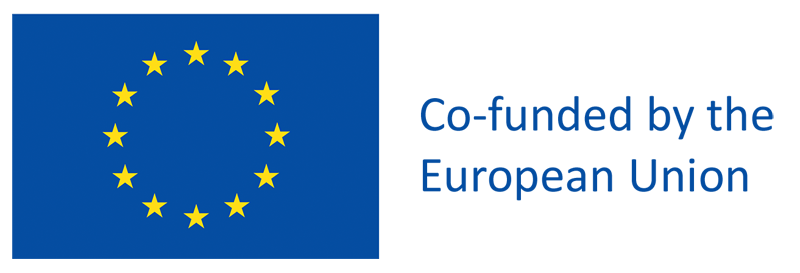Meet the MAMMOSCREEN Team: Fondazione Toscana Life Sciences

Meet the MAMMOSCREEN Coordination and Management Team at Fondazione Toscana Life Sciences (TLS). Fondazione Toscana Life Sciences is a non-profit research organization based in Siena, Italy. Born as a business incubator, TLS has evolved to become a facilitator, by increasing the impact of projects related to biomedical research, drug development and health and wellbeing of citizens. TLS is supporting researchers as host institution for carrying out their projects, as well as working as incubator for start ups and small companies that are investing on the development of new therapeutic biotechnological approaches. TLS is actively involved in many European funded projects dealing with healthcare and Precision Medicine, such as Regions4PerMed, SINO-EU PerMed and EP PerMed, working to transform standard clinical practices into personalized solutions for patients. Another important task of TLS is to keep decision makers and health systems stakeholders informed about the latest technological developments on a regional, national and European scale, to promote the development and the adoption of state of the art therapeutic options for patients. As coordinator of the MammoScreen Project, TLS oversees project management activities, monitors the implementation of ethical and data protection principles, and implements best practices for dissemination, communication and business development. There is a lot going on daily at TLS´s project management office: advancing the agenda of the monthly MammoScreen Consortium meetings, seeking consensus among partners, preparing and revising project deliverables, monitoring expenditure and preparing financial reports. The TLS team is also the contact point for European Commission officers. The team works together with all the partners to ensure that the implementation of the project is as effective and efficient as possible. Building a good relationship with partners and finding synergies within the consortium is a key part of their work. Together, we all play to our strengths towards the success of the project, and project managers are like the Maestro of a fine-tuned orchestra, guiding the MammoScreen partnership towards a possible game-changing solution for the early detection of breast cancer. You can follow TLS´s activities on LinkedIn, Twitter and Facebook. This article is part of #1 issue of MAMMOSCREEN newsletter: read the full issue here.
Let’s discover how patients are recruited for the MAMMOSCREEN clinical trial!

The MammoScreen clinical study involves 9 centres in five different European countries – Italy, Poland, Portugal, Spain and Switzerland – and will recruit 10.000 women volunteers aged between 45 and 74 years of age with an average risk of cancer. Women will be recruited by the clinicians of each centre when they attend a scheduled breast cancer screening session and, therefore, it is not possible to submit applications to join the study. But there are other ways of getting involved, for instance, by keeping informed about breast cancer prevention, learning about the risk of hereditary breast cancer, or by reaching out to a patient advocacy group in your country of residence. In the clinical trial, the MammoWave technology is being investigated to confirm its ability to reach a sensibility >75% and a specificity >90%. This trial will be an open, multicentric, interventional, prospective, non-randomized clinical investigation. A dedicated electronic report form (e-CRF) was developed to optimize data acquisition and analysis in a non-biased way. The main aim of the trial is to confirm that MammoWave, augmented by AI, reaches high sensitivity (the ability to correctly identify women with breast cancer) and specificity (the ability to correctly identify women without breast cancer). The study will be managed by a specialist third party (the Contract Research Organization, or CRO), who will work together with the clinical investigators and a medical statistician. All the details of the study will need to be approved by the various national Ethical Committees and regulatory authorities prior to recruitment, and participants will be informed about the risks, benefits, and alternatives of the procedure in order to be able to give their informed consent. The outcomes of the study have the potential to improve the early diagnosis of breast cancer for all women and to help improving the quality of life and health in breast cancer patients. Our communication and dissemination activities will ensure that the relevant stakeholders are informed of the outcomes of this study, so please keep in touch through our website and social media. This article is part of #1 issue of MAMMOSCREEN newsletter: read the full issue here.
The MammoWave technology: how does it work?

MammoWave works differently from traditional methods that use X-rays. The device generates a qualitative representation of the breast tissues by processing very low power (<1 mW) electromagnetic signals in the microwave band (1-9 GHz). The ability to use this range of the electromagnetic spectrum for breast cancer detection is based on the difference in the dielectric properties of healthy and affected tissues. In simple terms, healthy and affected tissues respond differently to electromagnetic fields in the microwave band which the MammoWave device is able to contrast and display. The exam takes a few minutes per breast and is performed with the patient lying in a comfortable facing-down position. MammoWave allows for a totally discreet examination, improving the compliance of patients when going for regular breast screening. The results obtained using MammoWave are displayed as dielectric properties homogeneity maps shown in two dimensions, crossing a coronal plane (i.e., separating the front and back of the body in an imaginary plane that cuts through both shoulders). The signals are analysed with a proprietary software that uses a novel, fast and accurate algorithm to highlight a lack of homogeneity in the breast. The software calculates certain parameters (such as the ratio between the maximum and the average intensity) and is augmented with Artificial Intelligence (AI) to help identify suspected lesions. MammoWave has several important advantages when compared to the classic X-ray mammography. One is that the microwave range used in the scan is completely safe. Another is that it does not require compression of the breast, which makes the process more comfortable for the person being examined. This article is part of #1 issue of MAMMOSCREEN newsletter: read the full issue here.



